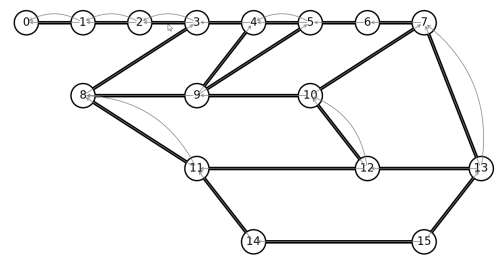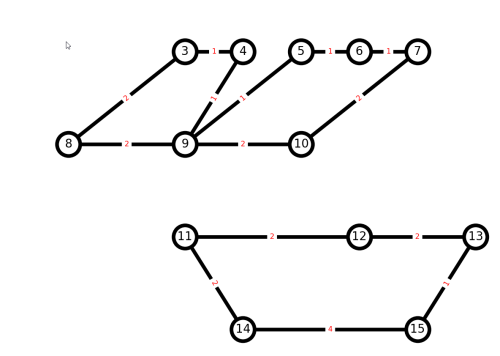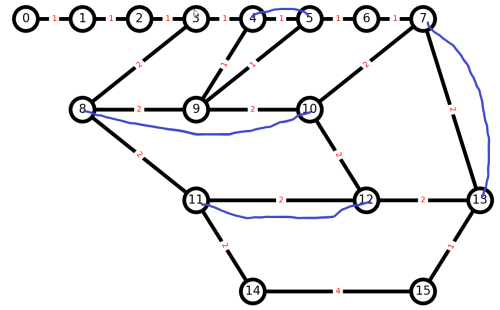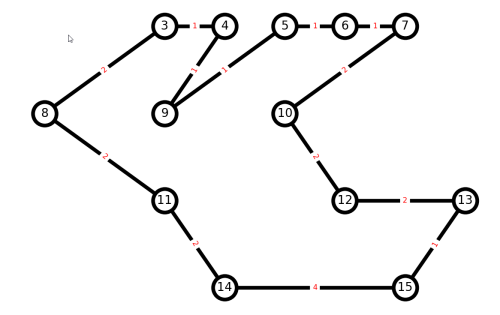First off, I am no expert in Graph Theory, or of mathematics, or even computer science, so what follows may be completely and totally wrong, the Dunning-Kruger effect writ large. This is just me trying to get a reasonable approximation to the question posed in the first post in this series:
What is the longest continuous route on existing trails in the Gila National Forest, that does not repeat any segment (but intersections are OK)?
And what is the longest continuous loop?
The longest path problem is known to be computationally hard, and even getting a reasonable upper bound of compute time for unweighted cyclic undirected graphs is difficult. The computation time is likely to be excessive for an exact solution for our size graph, so let us settle for approximations. After all, as long as a long distance hiker has at least a 600 mile trip, that is long enough for a reasonable adventure, and if the journey could have been 20% longer with a faster computer, we beg the hiker to forgive us.
Start by considering the Chinese Postman Problem: A postman needs to visit every street (edge) in a town (graph) at least once to deliver mail. What is the minimum distance to be traveled in a circuit, allowing some streets to be walked more than once?
Find the shorted closed loop on an undirected weighted graph that visits every edge at least once.
Let us call a node with an odd number of edges an odd node. If we pair up each odd node with another odd node, and then duplicate the edges between those pairs of nodes, then all nodes have an even number of edges, and we get a Euler graph, and an Euler circuit. Iterate over all those possible pairings to find the pairing (matching) with minimum total distance.

Now let us modify the Chinese Postman Problem to iterate over all pairings as before, but to look for a matching that results in a maximum distance. And because we do not want to repeat any trail segment, instead of duplicating edges between pairs of odd nodes, let us delete edges between odd nodes. (We may have more than one path between a pair of odd nodes, but perhaps we can choose the shortest path as a first-approximation). And another wrinkle, since we are deleting edges, we should be looking at edge connectivity as well as distance when deciding what edges to delete. Removing an edge might delete a large chunk of the graph.

(Perhaps Graph Theory has already named this problem, but if not, let us call it the Ice Cream Truck Problem: An ice cream vendor wants to pass by as many houses in a neighborhood as possible, but the supervisor has instructed that it is better to skip houses than to travel a street more than once, because the repeated visits and noise of the truck jingle might annoy residents. What is the longest continuous circuit the vendor can travel without repeating a street? But perhaps not all countries, or even states, have ice cream trucks?)
Perhaps we can apply some heuristics to converge on an approximate solution faster. If two odd nodes are close to each other, and far away from all other odd nodes, they are likely to be paired up in a successful matching. What happens if we look at the subset of pairings where each odd node is matched with one of its odd node neighbors? We greatly reduce the number of possible matchings. And since each matched pair of nodes deletes a segment of trail, it is usually only practical to consider neighbors for a match.
We also have to account for 4-way intersections. If an odd-node N has a 4-way intersection as a neighbor, then all the other odd-node neighbors of that 4-way should also be considered an odd neighbor of N, as we saw from our previous graph example.


In the next post, we will write some code to implement these ideas, and see if they work.